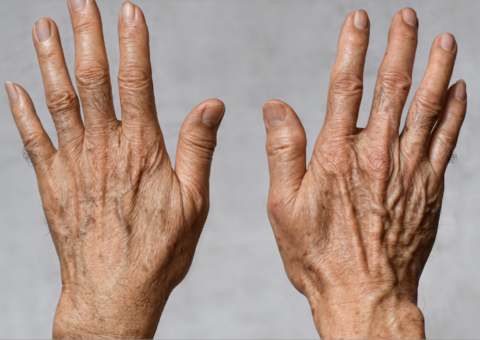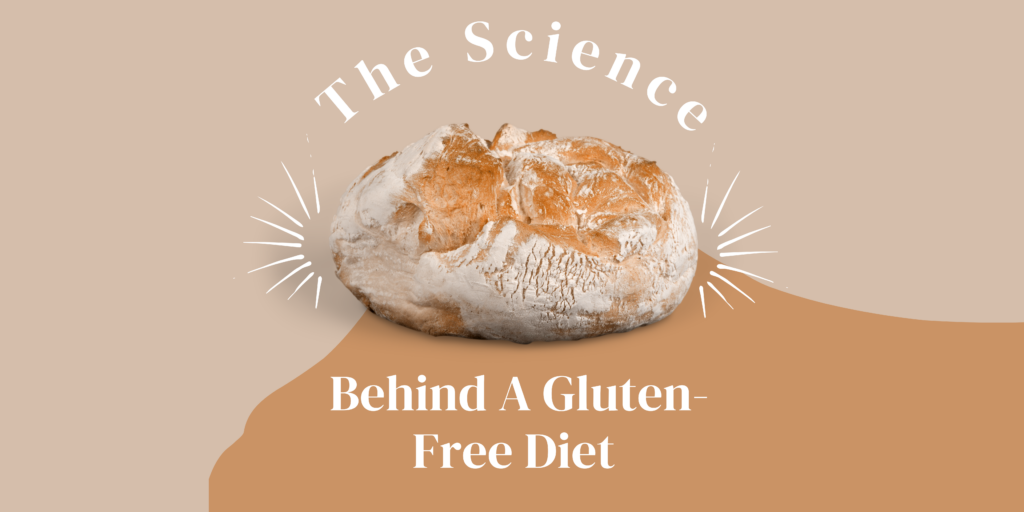

Firstly, what is gluten?
Gluten is not a lone ranger. Gluten actually refers to a group community of proteins found in various grains – such as wheat, gluten, rye and oats.
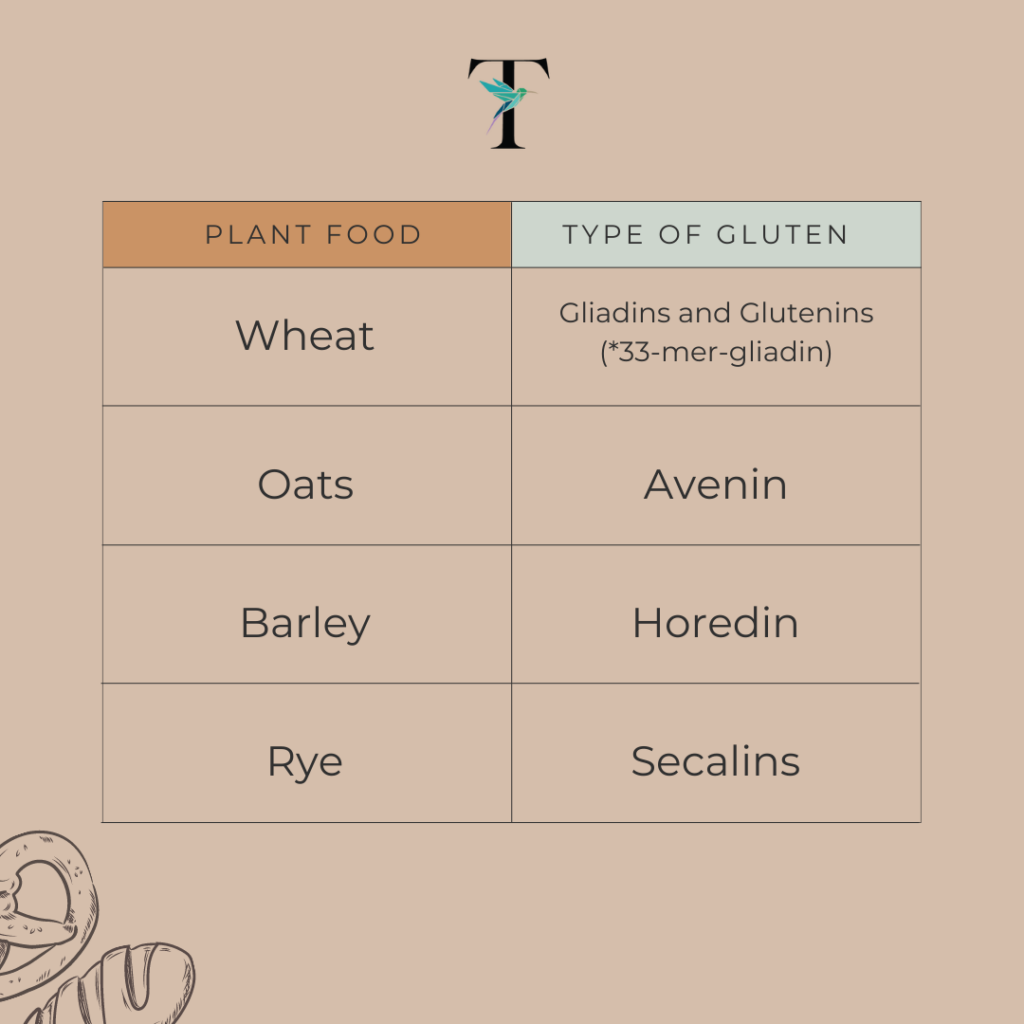
So cutting out bread doesn’t make my diet gluten-free?
Strictly speaking, that’s right. Oats, barley and rye contain various types of gluten, namely: avenin, horedin and secalins. But, here’s the thing: it’s the type of gluten – gliadins – found in wheat that has really given gluten its ‘bad rep’. Gliadins have the potential to wreak havoc in the gut, specifically in those with celiac disease. The mechanism of complex – but simply put – here’s how:
1. Gliadins – in particular – are not easily broken down by enzymes in the gut, meaning that they may pass through the gut undigested.
2. Undigested gliadin fragments may weaken the ‘glue’ that holds the gut cells together – causing leaky gut.
3. It’s a vicious cycle, really: a leaky gut allows larger amounts of indigestible gluten fragments to seep into the underlying tissue and incite ‘inappropriate’ immune responses in genetically susceptible individuals – say hello to inflammation.

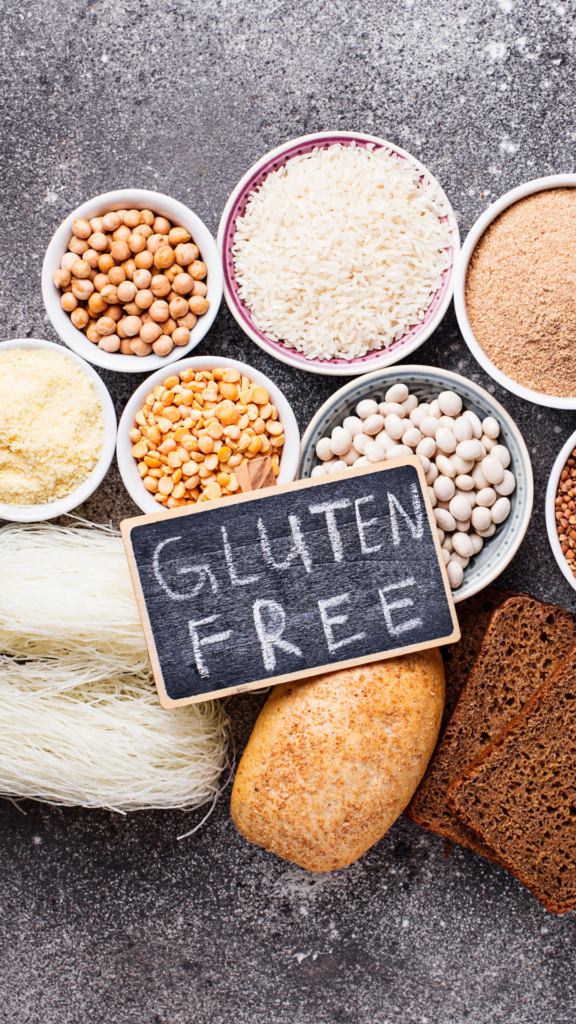
If you’ve got celiac disease, then gluten – in all its forms – needs to be done away with. It’s not an option.
If you do not have celiac disease but experience symptoms – gut-related or elsewhere like brain fog, joint pain or skin issues – in response to gluten-containing foods, then a gluten-free diet may be for you.
There is no definitive test to screen for Non-Celiac Gluten Sensitivity (NCGS) so a medically-supervised elimination diet with your dietitian remains the gold standard, as explained in Are We Becoming Allergic to the 21st Century?
Is there anything else in wheat products that I could be reacting to, besides its gluten content?
Absolutely. You may not be reacting to the gluten content in this morning’s piece of wheat-based toast. Let’s empty the bucket – there is also such a thing as:
- Non-celiac wheat sensitivity (NCWS) – say hello to a host of new other potential foes found in wheat – think lectins and amylase-trypsin inhibitors.
- Non-celiac wheat tolerance – say hello to FODMAPS: a group of non-digestible carbohydrate fragments that can aggravate bloating and flatulence.
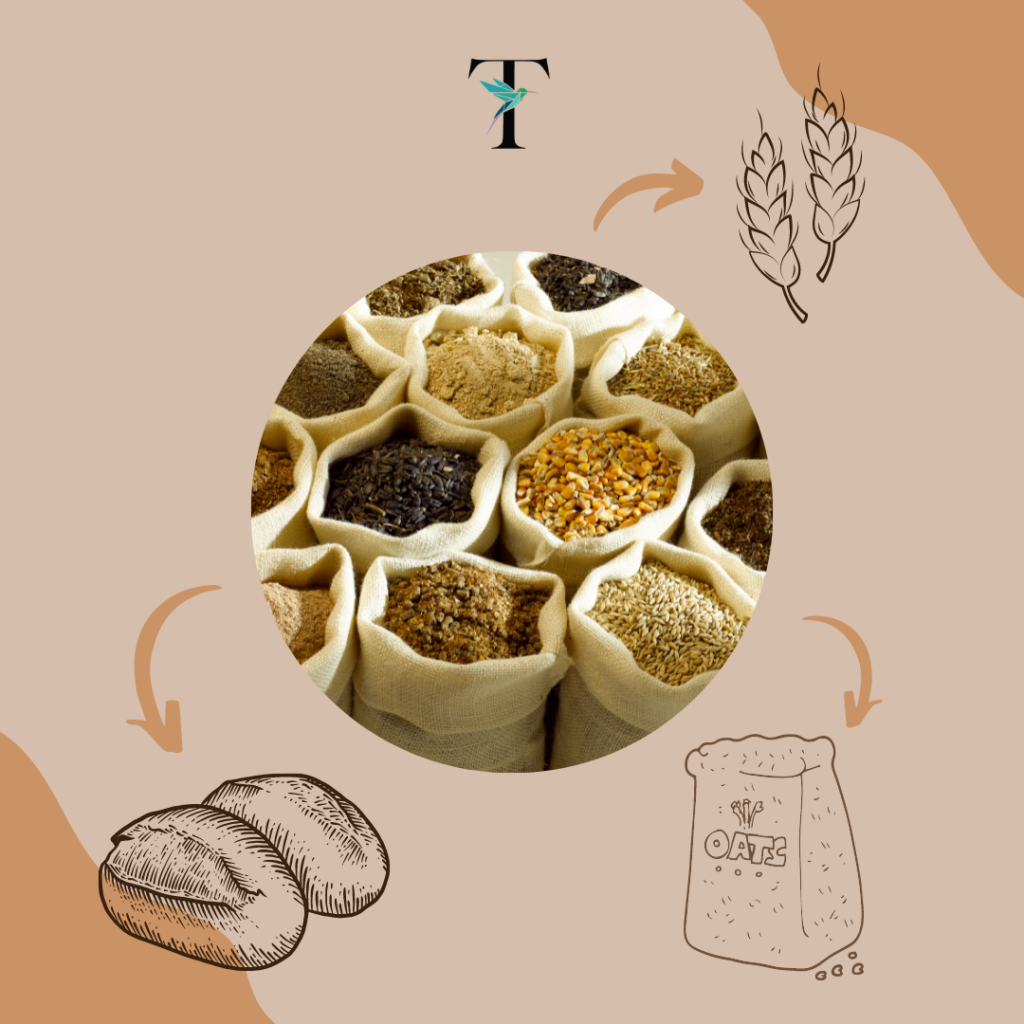
If I’m not celiac or don’t fit into any of the above categories, should I be avoiding gluten?
Lucky you.
We do know that early introduction of gluten into childrens’ diets may reduce the risk of developing adverse reactions to gluten later in life. However, when we’re ‘all grown up’; research is unclear as to whether ‘healthy’ individuals should be avoiding gluten. Some studies indicate that the intake of gluten (gliadin) can cause a slow and progressive development of leaky gut – stay in touch for ongoing evidence-based updates with Steph.
If you don’t have celiac disease, here are 3 tips on how to ‘cut down’ on gluten before ‘cutting it out’
- Change from wheat-based bread to rye products – a mere reduction in gliadin may do the trick!
- Choose fermented breads like sourdough – bacteria can breakdown gliadin proteins during the fermentation process
- Choose certified gluten-free oats – these contain less than 20 pmm gliadin

![]() Are wheat & gluten the same thing?
Are wheat & gluten the same thing?
No. Remember, wheat refers to grass, otherwise known as triticum. Gluten refers to ONE group of proteins found in wheat. Gluten (for the sciencey people: specifically gliadins and glutenins) make 80% of wheat’s protein content.
![]() Why can’t I tolerate wheat-based breads?
Why can’t I tolerate wheat-based breads?
If bread is an issue for you – you may be reacting to gluten (gliadin), yes – but there are other compounds like FODMAPS, lectins or amylase trypsin inhibitors that could be causing problems. It’s not that simple, unfortunately. Chat with your dietitian – she will pull together your clinical story and dietary history to help you figure out who your friends are, and who your foes are.
![]() Are oats gluten-free?
Are oats gluten-free?
Oats do not contain the potentially problematic gliadin (the gluten protein found in wheat). Oats contain another type of gluten – known as avenin. For the oat-lovers out there: avenein is not as inflammatory (for the sciency people: recognized by T cells) as gliadin found in wheat, so are generally considered safe for a gluten-free diet.
Certified gluten-free oats are those that have not been contaminated by wheat during farming and processing. Research suggests that certified gluten-free oats are safe for celiac patients. However, there have been some isolated celiac sufferers that have had an adverse response to avenin in oats, when consumed in large amounts. Chat to your dietitian if you think you may be reacting to gluten-free oats.
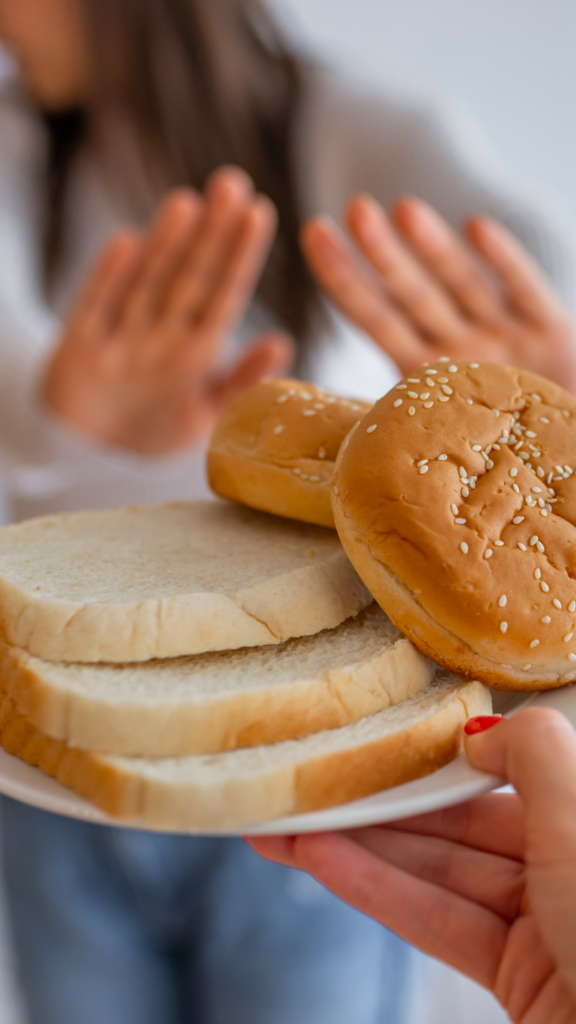
How much gluten is too much?
We’re not actually sure.
The average gluten intake in a Western diets is estimated in the range of 5 to 20 grams per day. In practical terms: 1 piece of wheat-containing bread weighs 25 grams, and 20% of that slice is gluten. If we do the maths, then 1 piece of bread contains 5g gluten.
In a celiac, it’s thought that 3g gluten (½ piece of bread) is enough to stimulate an immune response in a patient who is in remission.
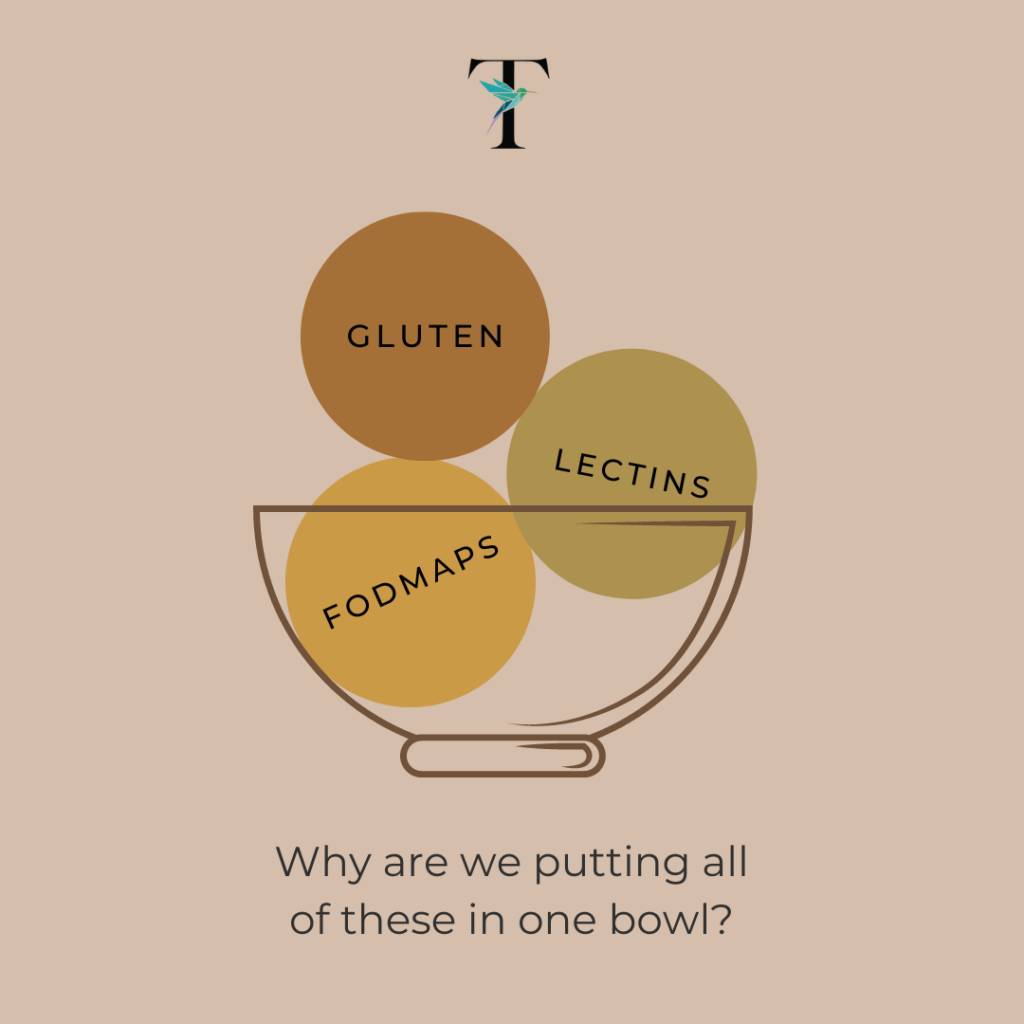
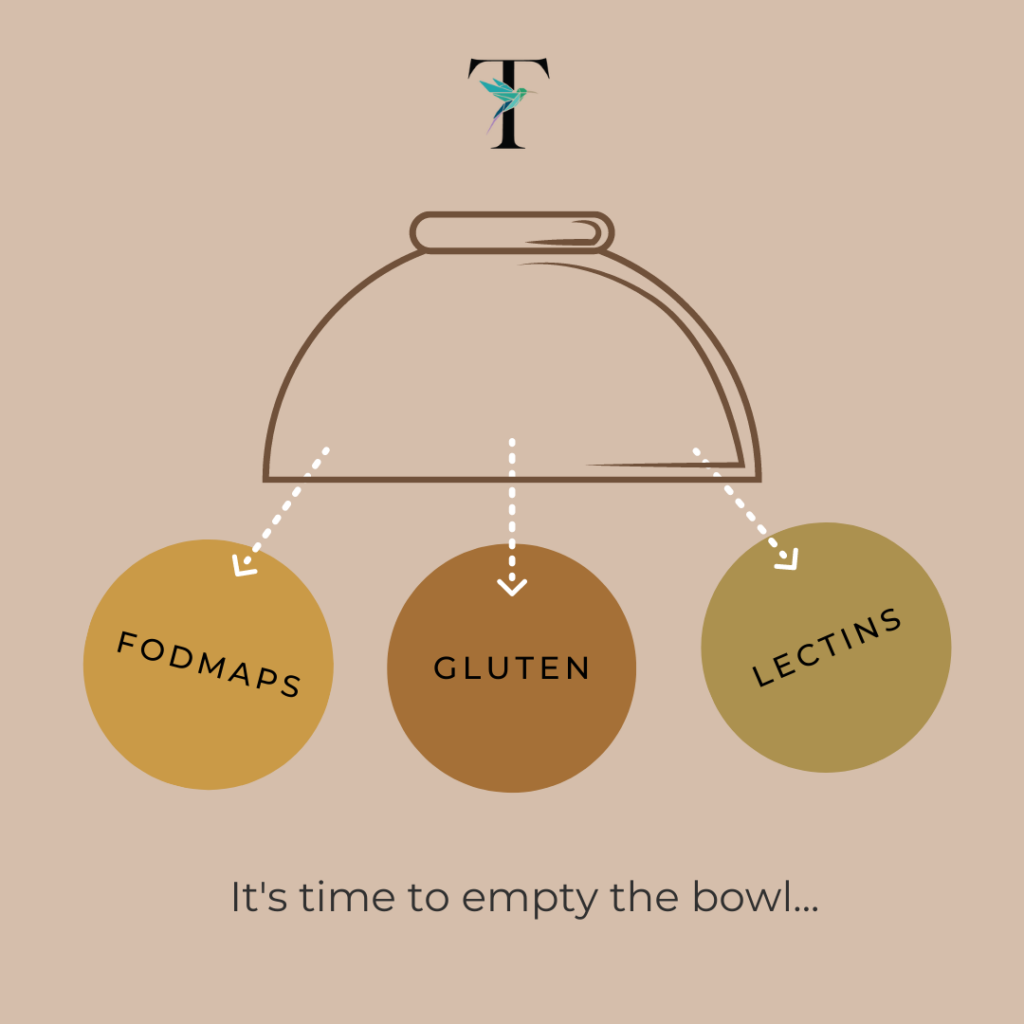
Food for thought:
Is gluten really the cause of your issues? Empty the bowl with your dietitian – know what you’re dealing with. It’s complex, I know, but I’m here to uncover the complexities for you.





